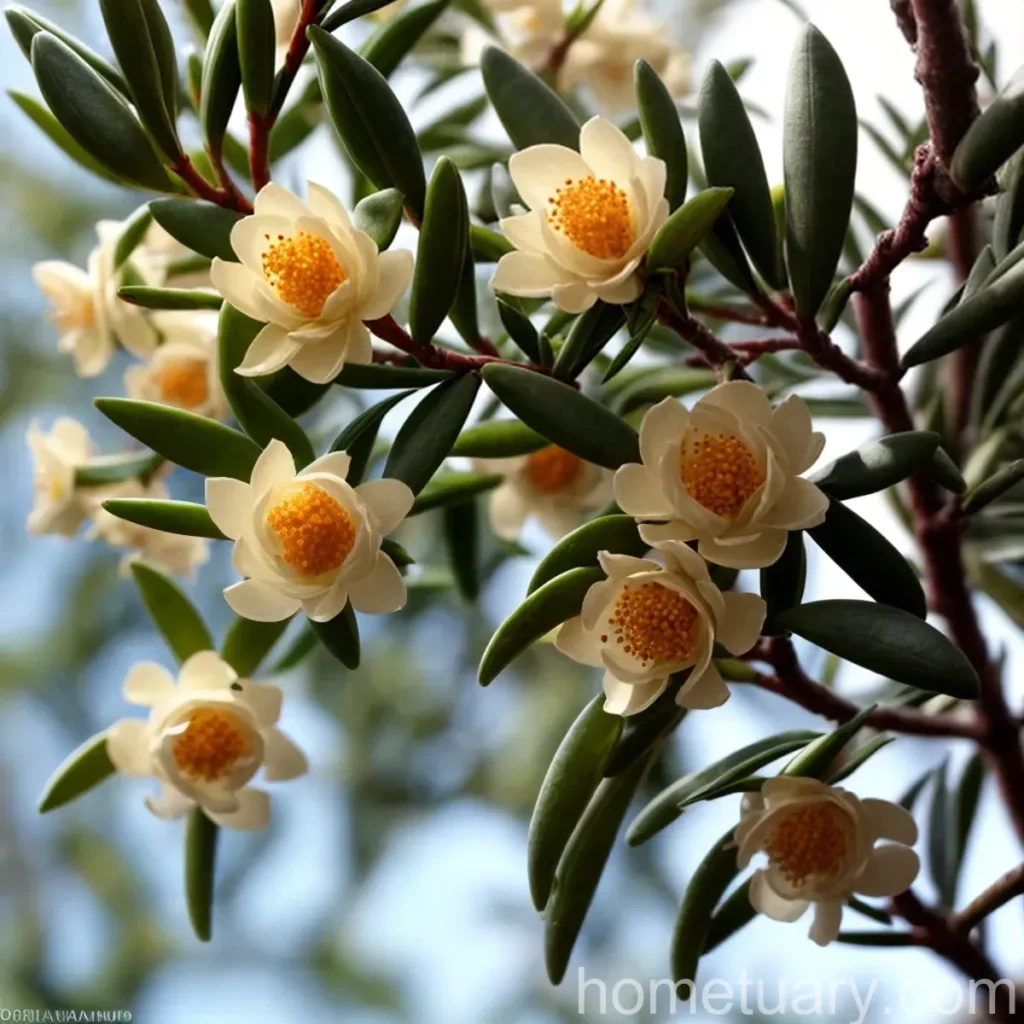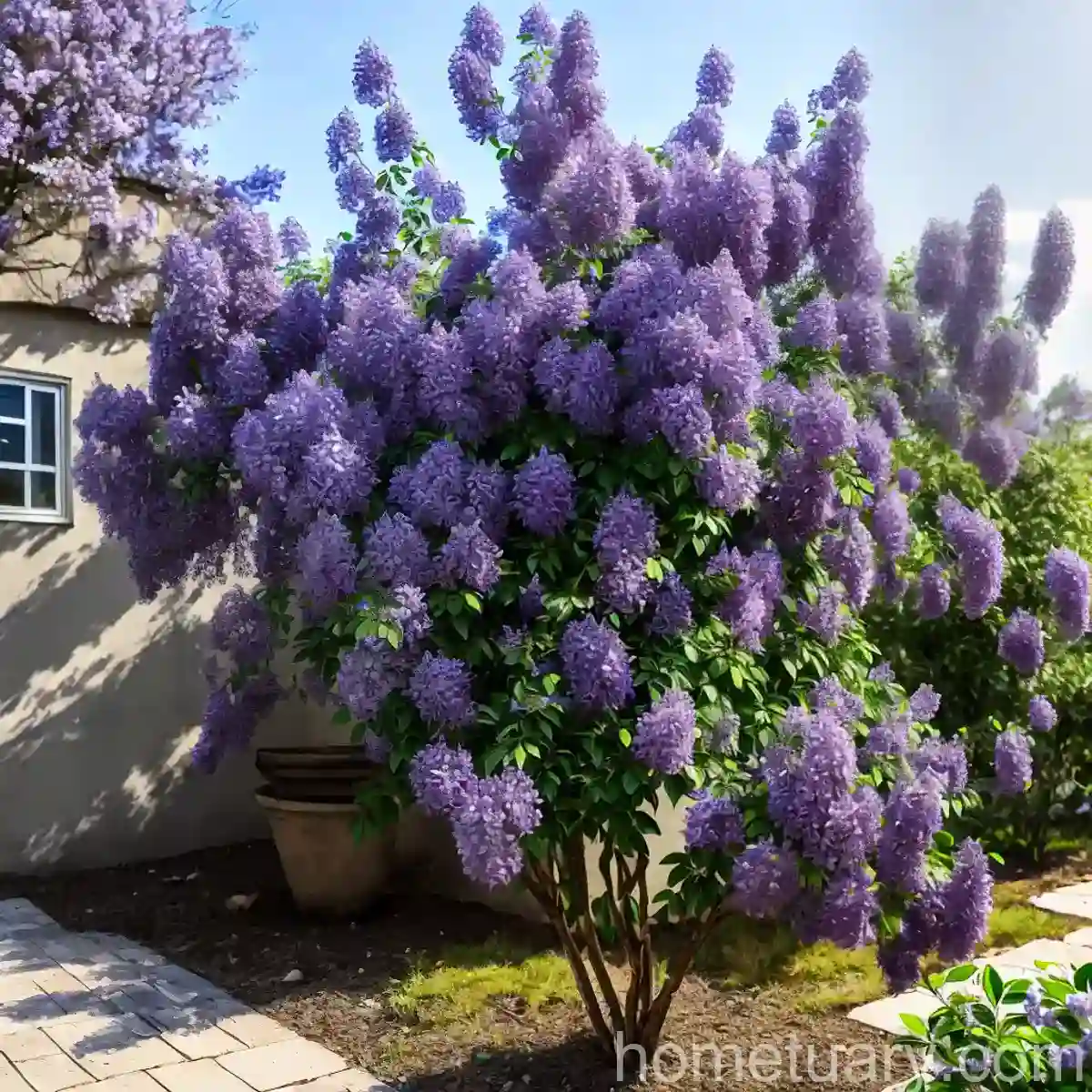Fragrant Tea Olive (Osmanthus fragrans f. aurantiacus): A Comprehensive Guide
Introduction: What is the Fragrant Tea Olive
The fragrant tea olive, scientifically known as Osmanthus fragrans f. aurantiacus, is a delightful evergreen shrub appreciated for its heavenly fragrance and beautiful flowers. This ornamental plant belongs to the family Oleaceae and is native to Asia, particularly China and Japan. With its delightful aroma and lovely blossoms, this plant has earned its place in gardens, landscapes, and traditional medicine practices.
In this comprehensive guide, we will explore various aspects of the fragrant tea olive, including its culture, uses, maintenance requirements, and much more. By the end of this blog post, you will have a profound understanding of how to care for and fully appreciate the remarkable fragrant tea olive.
Key Takeaways
Before we delve into the specifics of the fragrant tea olive, let’s summarize some of the key takeaways:
- Plant Name: Osmanthus fragrans f. aurantiacus
- Common Name: Fragrant Tea Olive
- Family: Oleaceae
- Native to: Asia, particularly China and Japan
Culture
Uses
The fragrant tea olive is valued for a wide range of uses, including:
- Ornamental Beauty: The plant is primarily cultivated for its stunning and aromatic flowers, which adorn gardens and landscapes with their fragrant allure.
- Traditional Medicine: In traditional Chinese medicine, the flowers of the fragrant tea olive are used for their health benefits, including their potential to alleviate coughs and aid in digestion.
- Fragrance Production: Due to its intensely sweet aroma, the fragrant tea olive is sometimes used in perfumery and aromatherapy.
Water
- Watering Requirements: Fragrant tea olives generally require regular watering, particularly during dry spells and hot weather. However, they are also tolerant of brief periods of drought once established.
- Preferred Moisture Level: The soil should be consistently moist but well-drained to prevent waterlogging.
Sunlight
- Sunlight Preferences: Fragrant tea olives thrive in full sun to partial shade. However, they tend to produce more flowers in full sun conditions.
Fertilizer
- Fertilizing Schedule: It is advisable to fertilize fragrant tea olives in the early spring using a balanced, slow-release fertilizer. This promotes healthy growth and abundant flowering.
Soil
- Soil Type: Well-drained, fertile soils are ideal for fragrant tea olives.
- Soil pH: The plant generally prefers slightly acidic to neutral soils with a pH range of 6.0 to 7.5.
Pruning
- Pruning Techniques: The fragrant tea olive responds well to regular pruning to maintain its shape and size. Light pruning after flowering helps stimulate new growth and enhances the plant’s appearance.
- Optimal Timing: Spring is an ideal time for pruning, once the plant has finished blooming.
Propagation
- Propagation Methods: Fragrant tea olive can be propagated through several methods, including hardwood cuttings, softwood cuttings, and seeds.
- Recommended Time for Propagation: Propagation via cuttings is often conducted in the late spring to early summer.
Container Popularity
Fragrant tea olives are well-suited for container cultivation, offering a compact and aromatic addition to patios, balconies, and small gardens. Their adaptability to container growing makes them versatile choices for urban and suburban spaces.
Common Diseases
The fragrant tea olive is generally robust and not prone to serious disease issues. However, it can occasionally encounter the following:
- Leaf Spot: This is characterized by the appearance of dark spots on the leaves. It can be managed through sanitation, including the removal of affected leaves, and the application of fungicides if necessary.
Disease Diagnosis
If you notice any abnormalities in the appearance or health of your fragrant tea olive, it is advisable to consult a plant healthcare professional or a knowledgeable nursery for accurate diagnosis and treatment recommendations.
Common Pests
While fragrant tea olives are relatively resistant to pests, they may occasionally be bothered by:
- Aphids: These tiny, sap-sucking insects can be managed through the application of horticultural oils or insecticidal soaps.
Botanist’s Tips
- Companion Planting: Fragrant tea olives pair beautifully with other aromatic plants such as lavender, gardenias, and jasmine, creating a delightful sensory tapestry in the garden.
Fun Facts
- Symbolic Significance: In Chinese culture, the fragrant tea olive holds symbolic importance, often representing love, romance, and abundance. It is frequently featured in art, literature, and traditional celebrations.
Links to External Resources
For further information on fragrant tea olives, you can explore the following resources:
- American Society for the Prevention of Cruelty to Animals (ASPCA) – Plants Toxic to Animals: Oleander
- University of Florida IFAS Extension – Fragrant Tea Olive
By immersing ourselves in the world of fragrant tea olives, we gain a deeper appreciation for this captivating plant and the myriad ways it enriches our lives. Whether adorning our gardens with its blossoms, delighting our senses with its aroma, or offering traditional medicinal benefits, the fragrant tea olive holds a special place in horticulture and culture alike.















